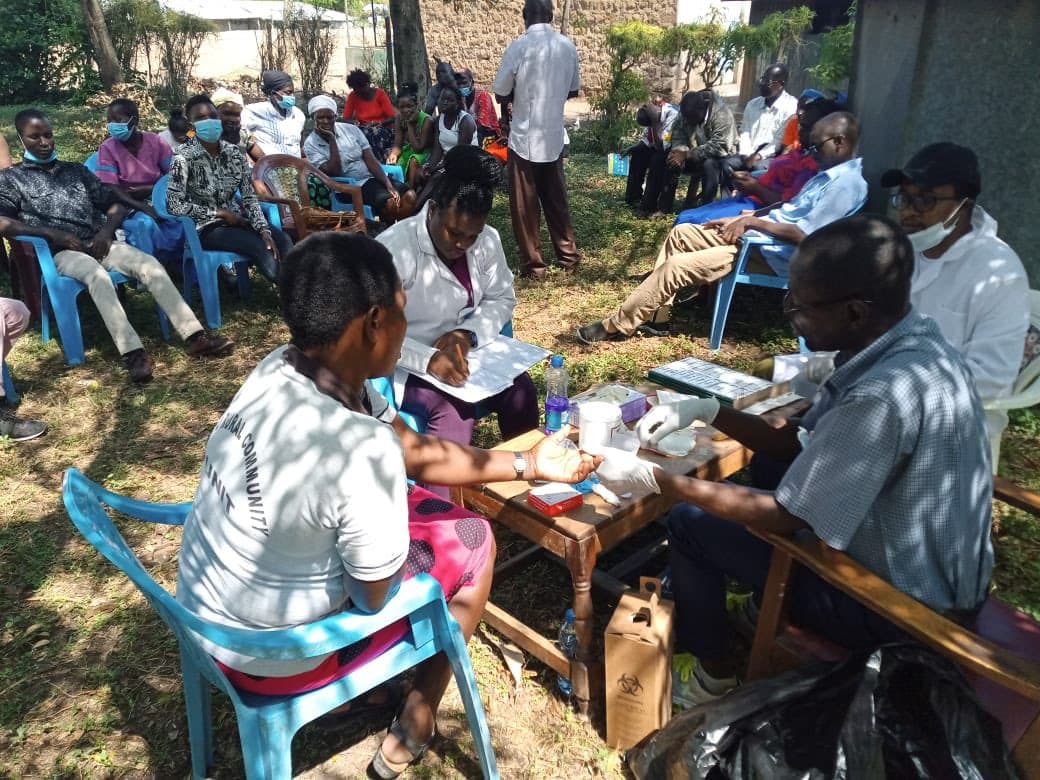Maryam Diarra, a Research Fellow at the Pasteur Institute in Dakar (PID), Joy Kalekye, an Infectious Diseases PhD Fellow at CEMA, and Daouda Gueye, the Monitoring and Evaluation Lead at the National Programme for the Fight against Neglected Tropical Diseases (PNLMTN), presented Senegal’s Schistosomiasis preliminary modelling outputs to the country’s PNLMTN officials, marking an important milestone for the project.
The presentation follows the kick-off of the Senegal Schistosomiasis modelling project and a six-week in-person collaborative NTD modelling training held in Kenya, earlier in the year.
The Senegal schistosomiasis project, where AM2NTD is working closely with Senegal and partners such as the Clinton Health Access Initiative (CHAI), aims to answer the question, “At what coverage and frequency of mass drug administration could the control and elimination objectives of schistosomiasis be achieved in endemic districts of Senegal by 2030?”.
This is in line with the project’s objective of determining the optimal frequency and coverage of mass drug administration (MDA), identifying Praziquantel and funding needs by district, and optimizing control and elimination strategies by 2030.
Schistosomiasis endemicity in Senegal is high, with 62 districts (78%) affected as of 2024. To control the disease spread, the country has adopted the WHO roadmap guidelines into its own strategy, which recommends at least 75% therapeutic coverage each year for school-age children (SAC) and at-risk adults in all endemic districts
The PNLMTN aims to control the disease in 27 highly endemic districts and eliminate SCH as a public health problem in 35 medium and low endemic districts by the end of 2030.
Towards this, AM2NTD is leading efforts to integrate epidemiological modelling into Senegal's schistosomiasis control and elimination strategy, complementing existing approaches. The model for MDA strategies will help strengthen the capacity for decision-making and accelerate the control and elimination of SCH in Senegal.

